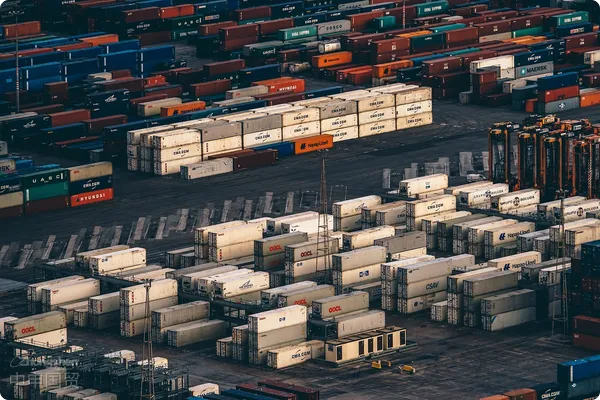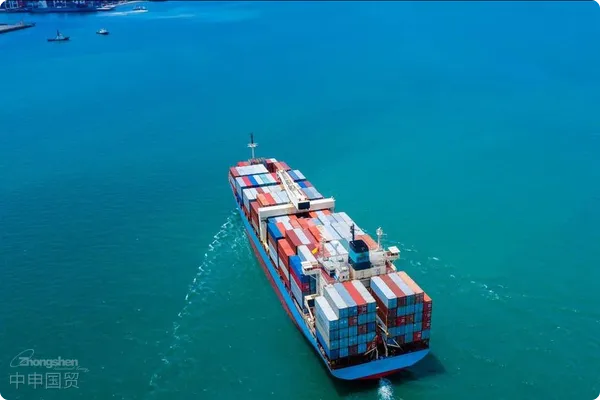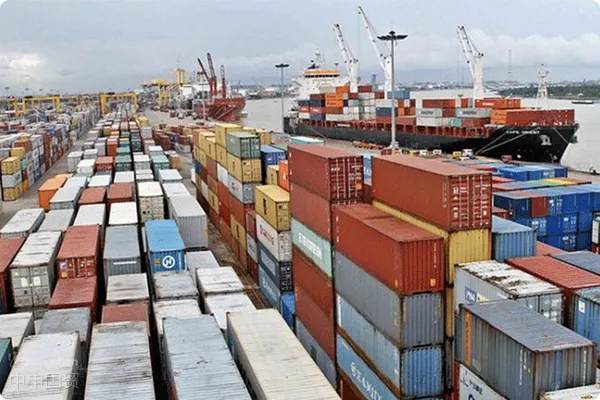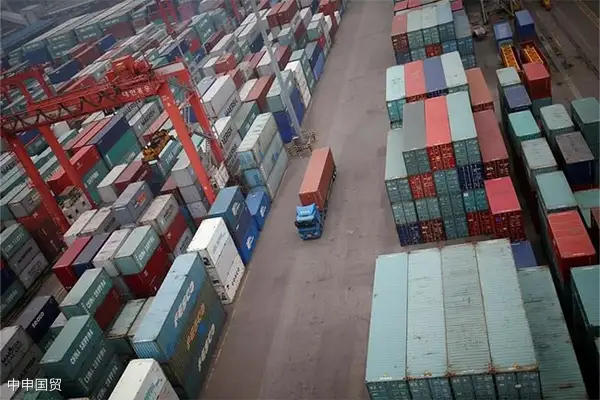- Shanghai Zhongshen International Trade Co., Ltd. - Two decades of trade agency expertise.
- Service Hotline: 139 1787 2118
In theExport ClearanceIn actual operations,The entry of product model numbersis a key focus for enterprises. Particularly for parameter-sensitive goods such as electric meters and electronic products, whether to specify the model in declaration elements has clear and practical operational guidelines.

The declaration importance of brand and model
According to China Customs declaration requirements, many goods underHS code declaration elementsexplicitly require the entry of brand and model. Takingelectric metersas an example, such products typically have high identification and regulatory requirements for model numbers.
- Principle of truthful declaration:
The customs declaration form must truthfully state the actual brand and model of the goods. If the product bears model information, it must be fully entered in the corresponding field of the declaration form. - Declaration for no brand/model:
If the goods genuinely have no brand or model, this should be truthfully entered as no brand or no model.
Common questions and recommendations for model entry
1. If the invoice does not state the model, can it be omitted in the customs declaration?
It is recommended to followcustoms requirementsand maintain consistency across all documentation stages.
- The absence of the model on the invoice does not mean it can be omitted in the declaration. If customs require the model to be declared, it must be truthfully entered.
- During customs inspection,the focus is on verifying whether the actual goods match the declared content.Discrepancies may lead to rectification requests and even cause clearance delays.
2. If the invoice and customs declaration contents are inconsistent, will this affect tax rebates?
- Some enterprises directly use the customs declaration form and VAT invoice combination for tax rebate processing, without requiring a dedicated export invoice;
- others are required by tax rebate authorities to issue special export invoices.
Key point:
- If the customs declaration requires the model but the invoice does not state it, this may affect subsequent tax rebate processes.
- If the VAT invoice states the model but the customs declaration does not require it, this generally does not affect tax rebates.
Conclusion: Ensure consistency between the customs declaration and invoice contents to guarantee accurate declarations and smooth tax rebates.
Are there risks if the brand is not registered or the model is not entered?
- Brands not filed:
This is generally not an issue, and no brand can be directly entered. - Model declaration standards:
If a model exists, it must be entered and cannot be arbitrarily omitted. If the goods have an actual model but it is not declared,this is highly likely to be flagged for rectification during on-site inspection, potentially causing clearance delays.
Practical recommendations and risk prevention
- Truthfulness in declaration:If a model exists, it must be truthfully entered; if not, declare no model.
- Document consistency and information matching:It is advisable to maintain consistency across the customs declaration form, invoice, and other documents to avoid subsequent tax rebate and inspection risks.
- Proactive communication and professional consultation:For any doubts regarding model entry, promptly communicate withExport Drawbackcustoms professionals to ensure compliance with the latest regulatory requirements.
- Stay updated on policy changes:Keep abreast of the latest customs requirements and adjust internal company declaration and invoice issuance processes accordingly.
In export business processes, standardized and accurate declaration information is key to ensuring smooth clearance and risk control. Compliant operations start with small details like model!
Related Recommendations
? 2025. All Rights Reserved. Shanghai ICP No. 2023007705-2  PSB Record: Shanghai No.31011502009912
PSB Record: Shanghai No.31011502009912










